
With iOS 18.4, Apple added support for robot vacuums to HomeKit, and some of the companies that make robot vacuums have started offering products with Matter integration. Matter-compatible robot vacuums can be added to HomeKit and controlled via Siri voice commands and the Home app.
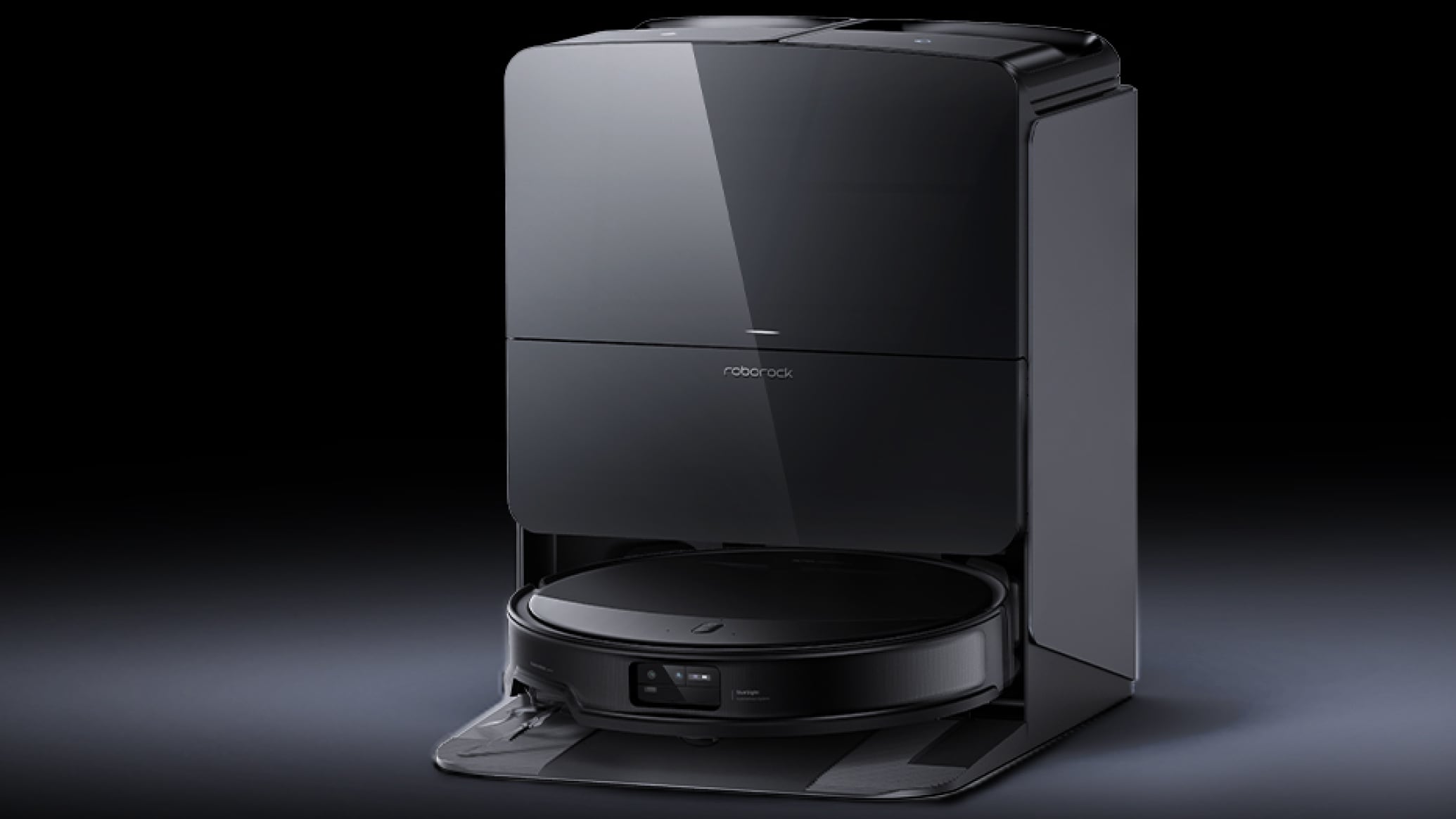
Roborock is one of the companies that's adopting Matter, and the Roborock Saros 10R now works with HomeKit. The Saros 10R is one of Roborock's flagship vacuums and it's relatively new, so like most of these Matter-enabled vacuum options, it does not come cheap. It's $1,600, but it does have Roborock's most advanced feature set.
Design and Size
The Saros 10R is just over three inches tall, so it's compact enough to fit under all of my furniture. I have a TV stand that's about four inches that a different robot vacuum isn't able to fit underneath, but I haven't run into that problem with the Saros 10R.
There are a lot of components in robot vacuums, so the thin build is a feat of engineering, and having a robot that can get under all of my furniture is a major plus. When I manually vacuum with a Dyson stick, I can't reach all of the areas that the Saros 10R can, so my house ends up cleaner when the robot handles the vacuuming and mopping.
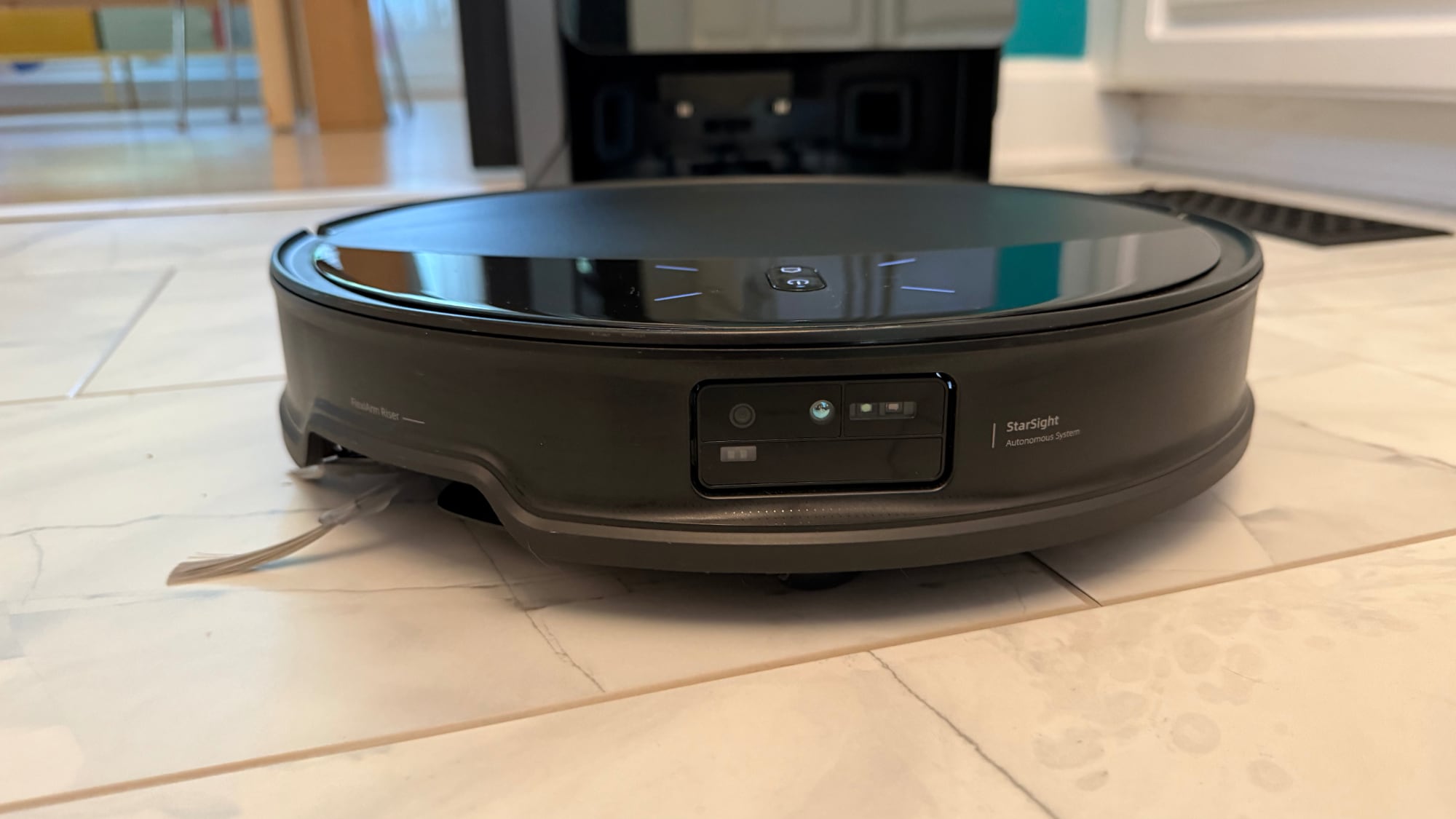
While the Saros 10R is thin, it's still on the larger side, measuring in at around 13 inches. If you have a smaller space with a lot of furniture, it might be too large to effectively clean, but I've been impressed with the narrow spaces it can maneuver through. Since it's round, it can get itself into and out of some tight fits.
I mostly use the app to send the Saros 10R off to clean or to resume cleaning after a pause, but there are buttons on the device itself. The power button turns it on or sends it to clean if it's already on, and the dock button sends it home. A long press on the dock button activates a spot cleaning feature.
All of the robot vacuums have base stations, and the Saros 10R base station is fairly large, but it kind of blends into the background, like a vacuum or a mop might. The base station is black plastic and it includes several components. There's a dust bag that collects the dust and hair the robot picks up, a clean water bin for wetting and washing the mop, a section for floor cleaning solution, a dirty water bin for collecting the water used to wash the mop, a dryer for drying the mop, and a ramp that helps the robot get up onto the base to charge.
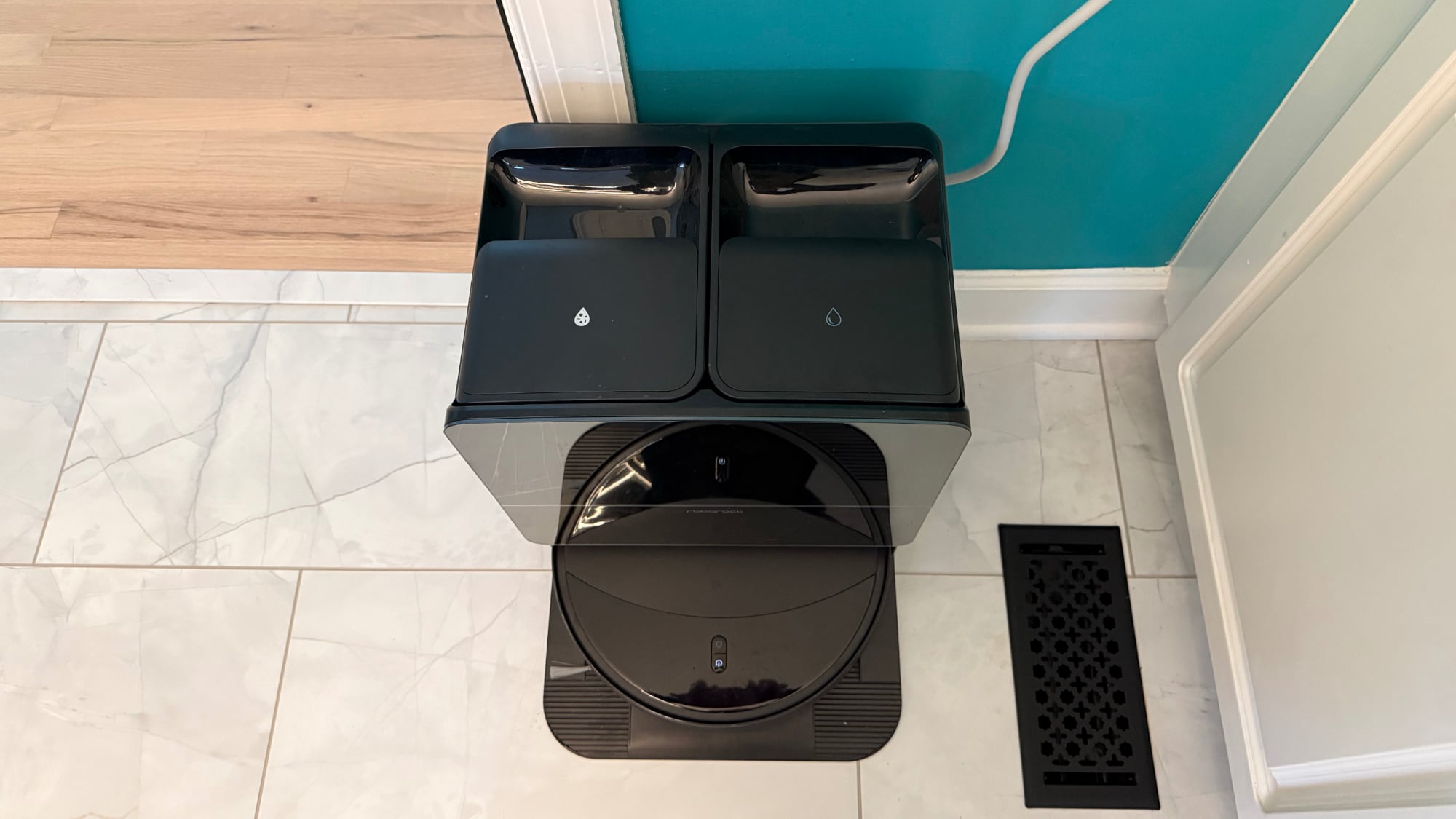
The dock weighs around 25 pounds, so it's probably not something you're going to want to cart around if you have multiple floors in your home. I'm not sure if people who have multi-story homes purchase more than one vacuum, but carrying the robot and base station upstairs would be a workout. The dock has an LED on it that turns red if there's a problem or white when the robot is charging, and it needs to be placed on a hard surface with about two feet around it to make sure there's space for the robot to dock itself.
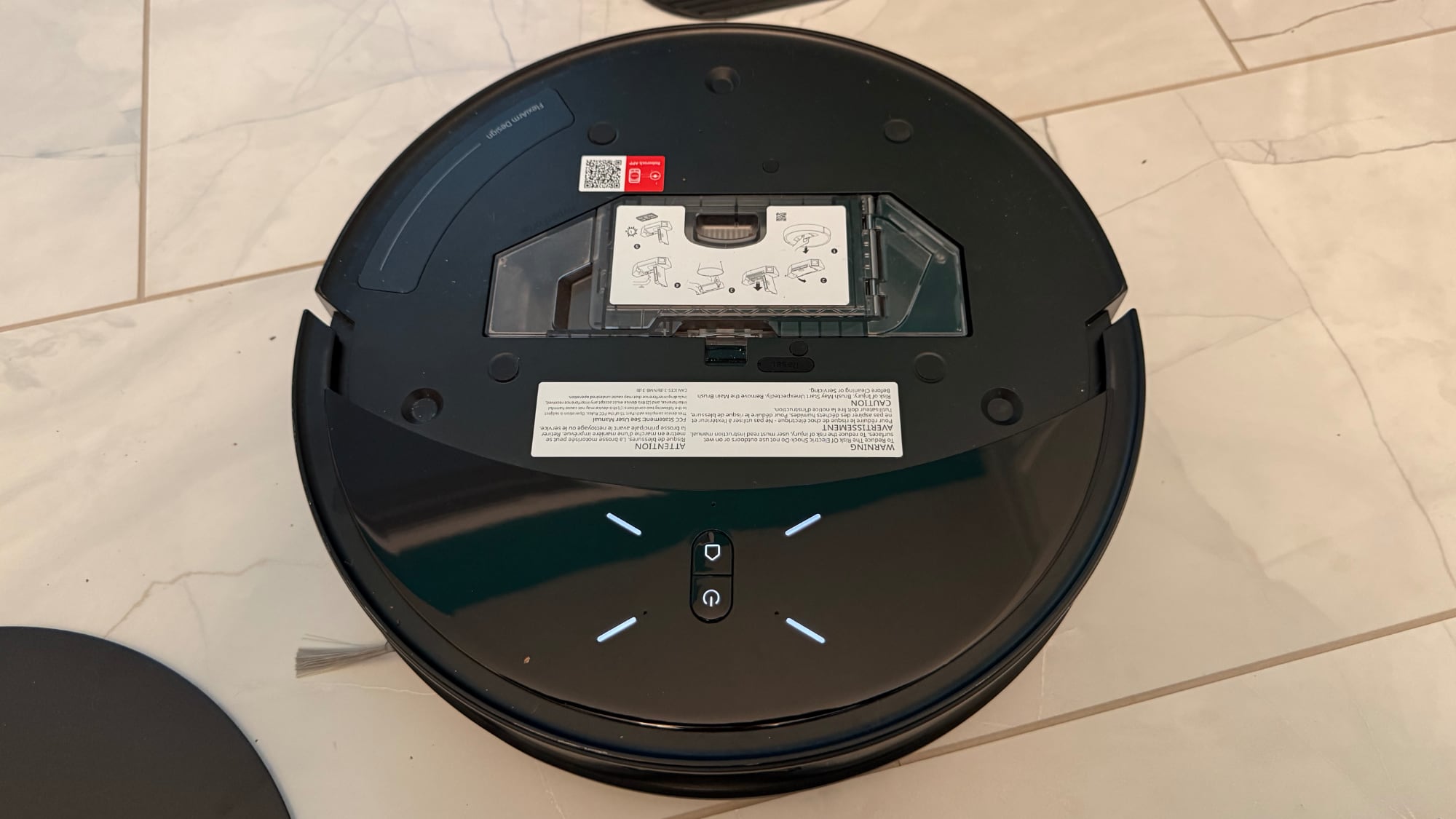
The dust bin in the Saros 10R where dust and debris collect. It empties into the dock
Roborock says to use its proprietary cleaning solution because other solutions can damage the internals of the vacuum. Some companies like Bona make cleaning solutions specifically for robot vacuums, and I didn't have an issue using that kind of cleaning fluid.
There are rubber wheels at the bottom of the robot, and they come out far enough to help it get over thresholds and to lift it over carpets. I have a threshold that's about an inch in one spot, and it's able to navigate it fine. The mops are able to lift up enough that it can vacuum rugs while mopping without getting the rugs wet.
Navigation
The Saros 10R has what Roborock calls its "StarSight" autonomous system, which is basically several sensors. It has a front camera and sensor for detecting obstacles, and it has a wall sensor for determining where walls are located.
The first cleaning with the Saros 10R starts off with a mapping feature where the robot maps all of the rooms that it is able to access, and then while cleaning, it continually scans for and identifies pet messes, pets, cords, furniture that's hard to navigate, and other obstacles. You can opt in to have the robot take a picture whenever it encounters an obstacle, so you can see what it's avoiding.
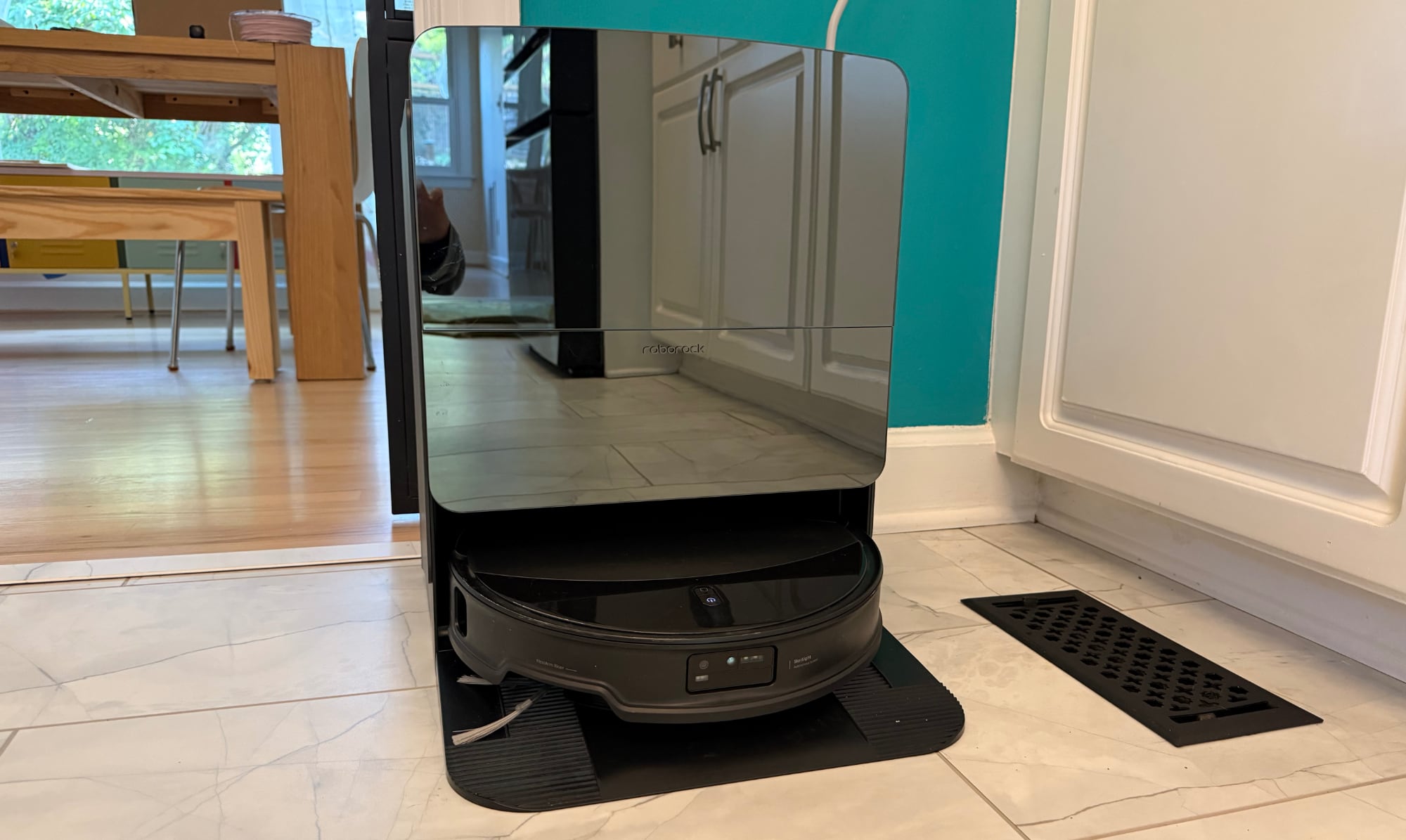
Its sensors do a good job mapping out a room and even identifying the furniture in the room, which helps it determine what a room is. If it sees a dining table, for example, it'll label that room as a dining room.
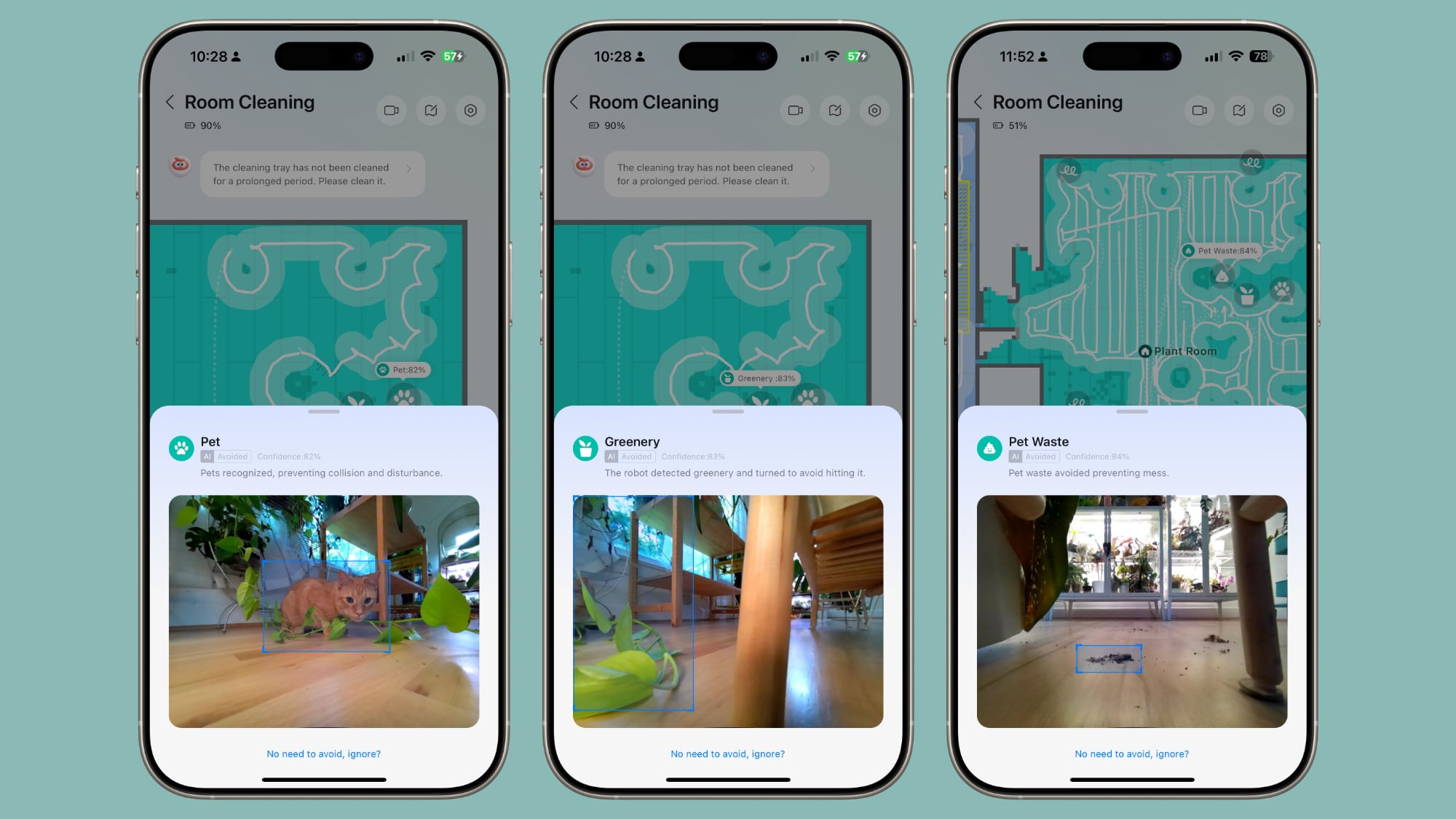
It's able to identify pet messes so that it doesn't drag a mess around the entire house, and it's also excellent at detecting cables that should be avoided, so it doesn't get tangled up. It doesn't run into walls or furniture, and the extending mops and the side brush let it get into nooks, crannies, corners, and the sides of walls when cleaning even as it's avoiding obstacles.
Cleaning Features
Most of the robot vacuums have the same general vacuuming features, with variations in suction and the roller bar design. The Saros 10R has what Roborock calls a "DuoDivide" anti-tangle brush, and I haven't seen it get tangled. I have wood floors, four cats, and two people with long hair, and there hasn't been clogging or tangling. Hair and fuzz can get wrapped around the bearings of the rubber wheels on the bottom and that's not fun to remove, but it hasn't stopped the vacuum from functioning.
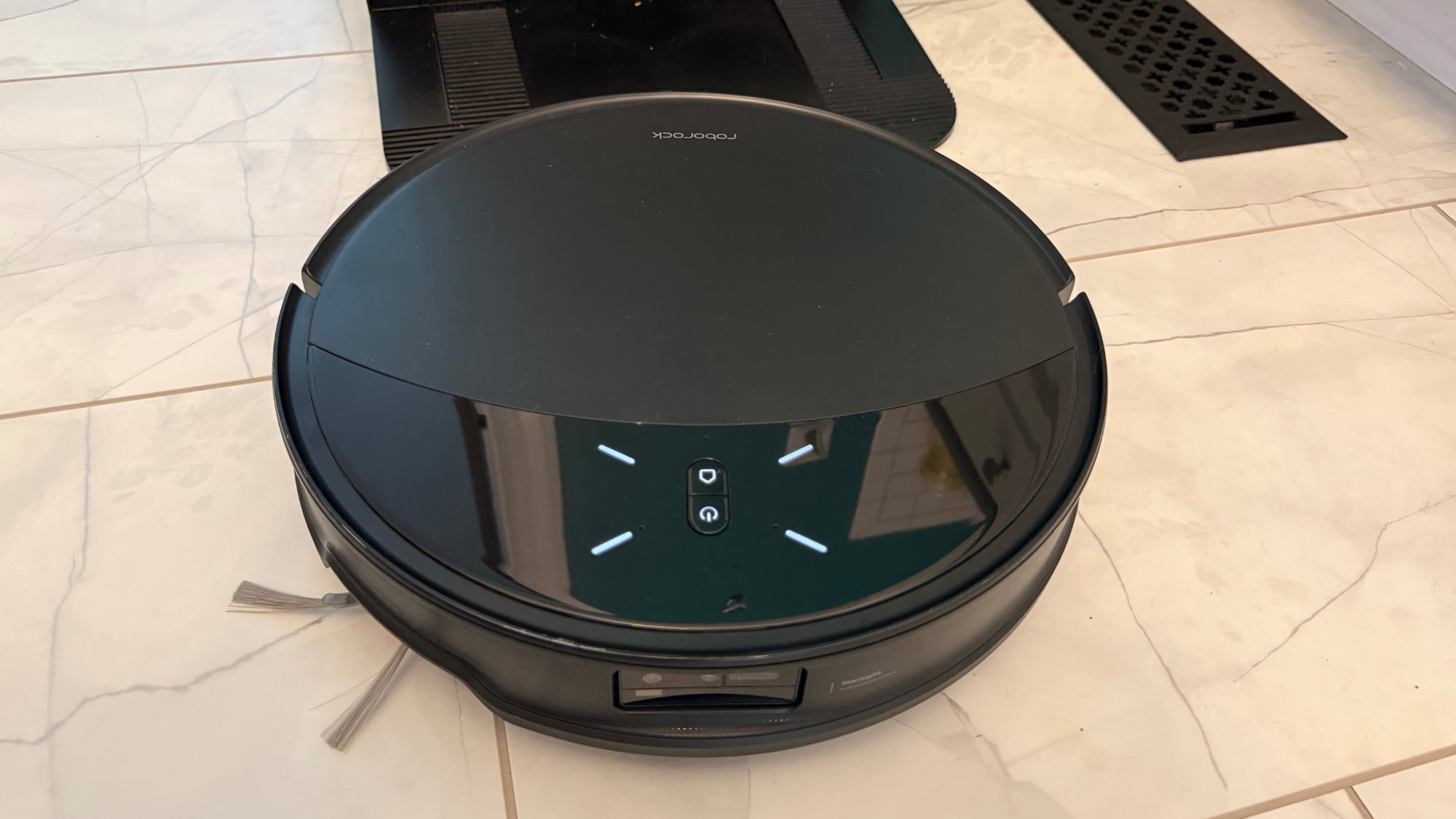
As for suction, it picks up every speck of dust and cat hair from my floors, which are wood. It hasn't damaged my wood floors, which is always a concern with a vacuum, and it does a good job keeping them almost spotless. It also does well with my large rugs, but it can struggle with smaller rugs that get stuck. It's never been entirely tripped up by a rug unlike my other robot vacuum from a different brand, so it's not a problem that requires my interference. There is a side brush that's able to sweep dust from corners, curves, around furnitur... Click here to read rest of article
Article Link: Review: Siri Can Clean Your House With the Roborock Saros 10R
- Article Link
- https://www.macrumors.com/review/roborock-saros-10r/

